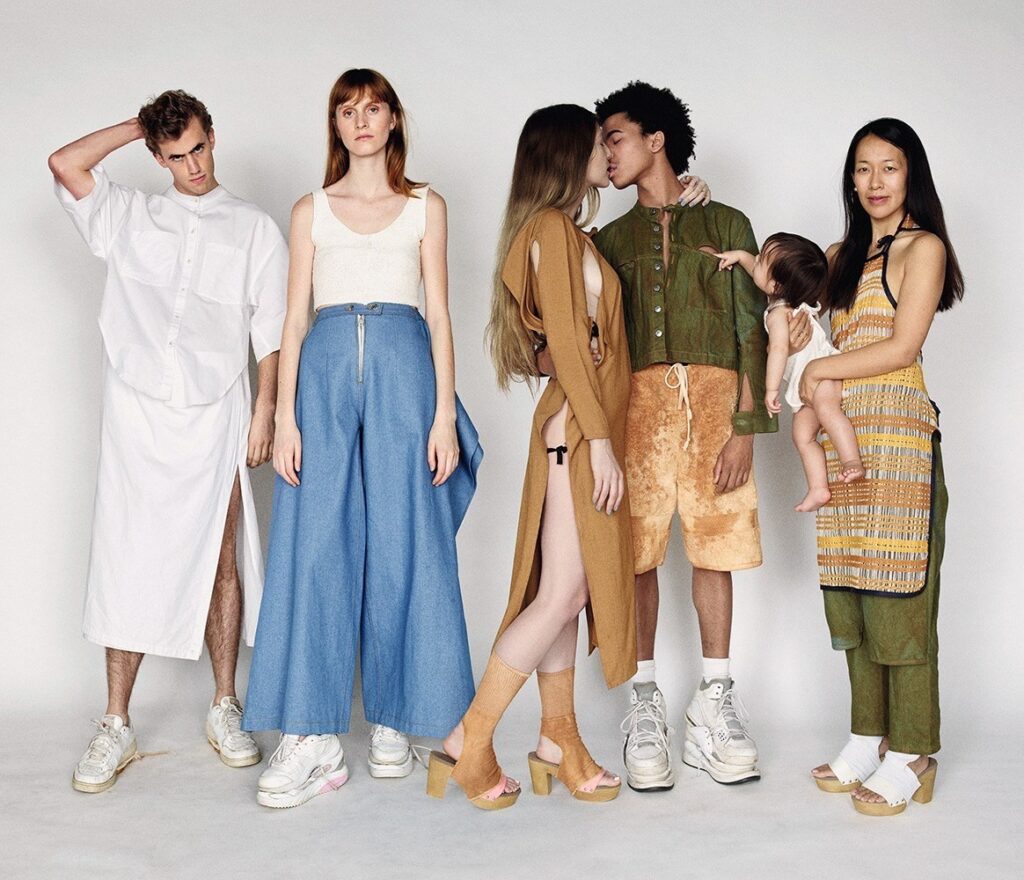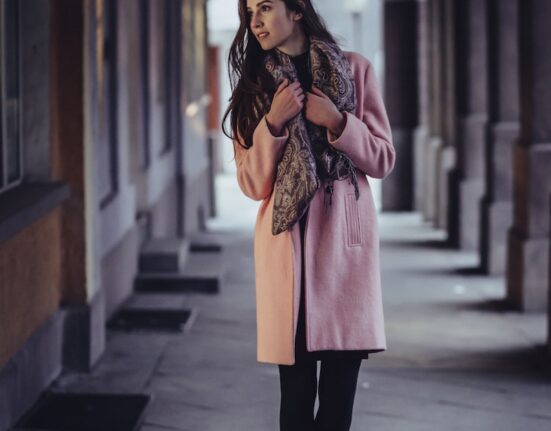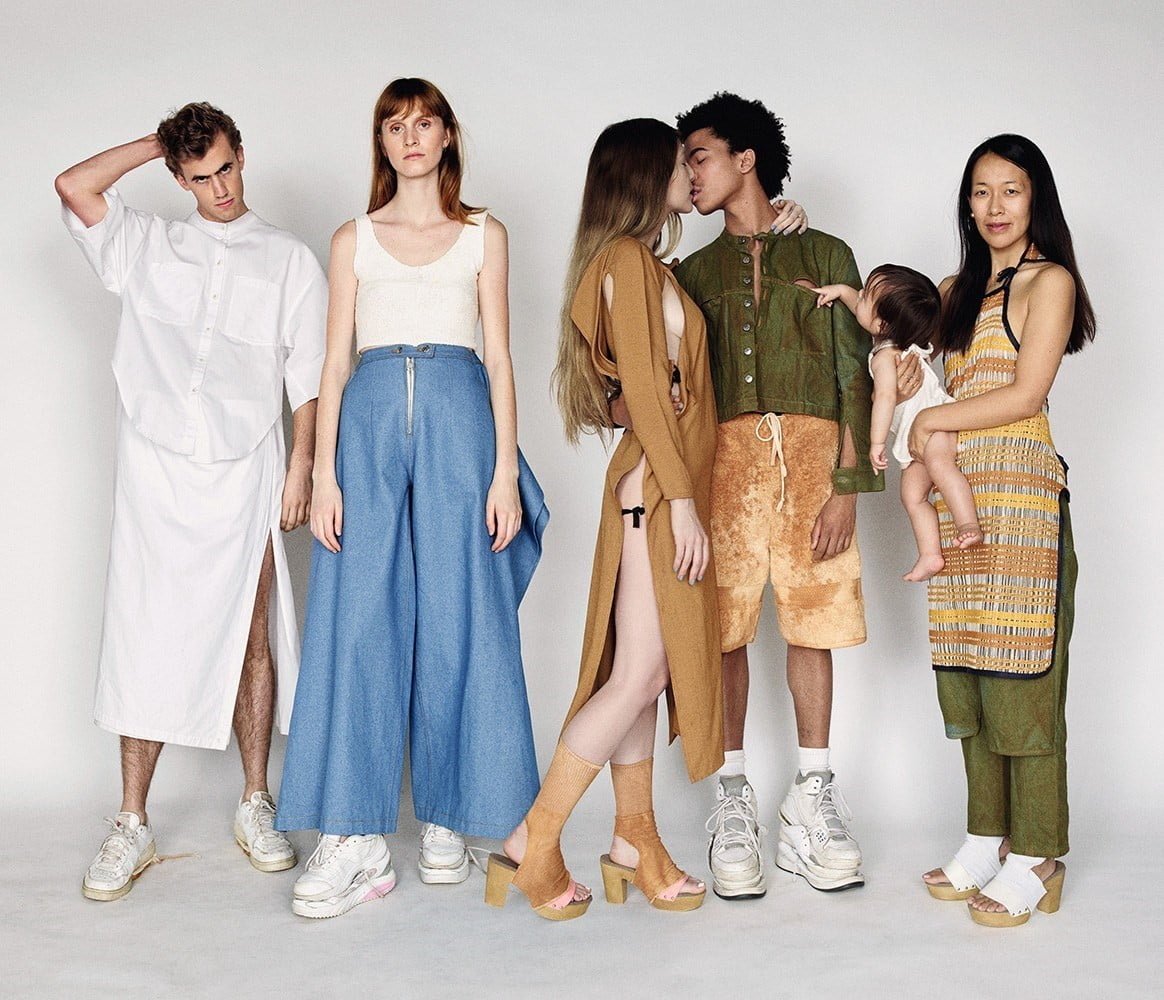Fashion has been a reflection of society and culture for centuries, and its evolution has been influenced by various factors.
Fashion is an ever-changing form of art, often reflecting the times and culture of the era. In recent years, gender norms and expectations have been challenged, and fashion has become a way to express a more fluid gender identity. The fashion industry has seen a significant shift in the way gender is portrayed in clothing design. Traditional gender norms that once dictated what men and women should wear have been challenged, and designers are now embracing inclusivity and gender neutrality in their collections. This has led to a new era in fashion, where individuals are free to express themselves without being confined to societal expectations of gender.
Historically, fashion has been used to reinforce traditional gender roles and expectations. Women were expected to dress in a feminine way, while men were expected to dress in a masculine way. These norms have been challenged in recent years, with gender-inclusive fashion becoming more accepted and widely available.
This trend has been driven by the LGBTQIA+ community, who have pushed for more gender-neutral clothing options. This has had a major impact on fashion and clothing design, as more and more designers are creating gender-neutral clothing lines.

Gender-neutral clothing has been around for some time, but it was often seen as an alternative or niche style, reserved for a specific group of people. However, this has changed, and more designers are creating gender-neutral clothing that appeals to a wider audience. This shift is a response to the growing awareness of gender fluidity and the need for inclusivity in fashion.
Gender-inclusive fashion has had a major impact on the fashion industry, as more and more designers are creating gender-neutral clothing lines. This has allowed people to express themselves more freely, without adhering to traditional gender roles and expectations.
Gender-inclusive fashion has also opened up the market to a wider range of customers, allowing designers to reach a larger audience. This has had a positive impact on the fashion industry, as it has allowed designers to create more innovative and inclusive clothing designs.
Designers such as Calvin Klein, Gucci, and Alexander McQueen have all released gender-neutral collections in recent years. These collections include items such as oversized jackets, tailored pants, and gender-neutral accessories that can be worn by anyone regardless of their gender identity. These collections challenge the traditional fashion industry’s notion of gender, which was built on the idea that clothing is inherently gendered.
There are a number of designers who are creating gender-inclusive clothing lines. These designers are challenging traditional gender roles and expectations, and creating clothing lines that are suitable for all genders. These designers are helping to create a more inclusive fashion industry.
Gender-inclusive designers are also helping to create a more diverse fashion industry, as they are creating clothing lines that are suitable for a wide range of body types and sizes. This has had a positive impact on the fashion industry, as it has allowed for more inclusive and diverse clothing designs.
Gender-neutral fashion is not only about creating clothing that can be worn by anyone, but it is also about breaking down the gender stereotypes that have long been associated with fashion. For example, it challenges the idea that pink is for girls, and blue is for boys. Instead, it encourages people to wear whatever they feel comfortable in, regardless of its perceived gender association.
Fashion can be a powerful tool for social change, and gender-neutral clothing is just one aspect of a broader movement towards inclusivity and acceptance. It sends a message that everyone, regardless of their gender identity, should feel comfortable expressing themselves through their clothing. It also opens up new opportunities for creativity and experimentation, as people are no longer limited by what is traditionally considered “appropriate” for their gender.
However, despite the progress made, there is still work to be done to ensure that gender-neutral fashion is accessible to everyone. Many gender-neutral collections are still expensive, and not everyone can afford to purchase them. There is also a lack of representation in mainstream fashion for people who do not conform to traditional gender norms.
In conclusion, the fashion industry has come a long way in breaking down gender norms and embracing inclusivity. Gender-neutral fashion is a step towards creating a more accepting and inclusive society, where people are free to express themselves without fear of judgment. However, there is still a long way to go, and it is up to designers, fashion brands, and society as a whole to continue to push for progress and equality in fashion.
Image Source: Dazed Digital







